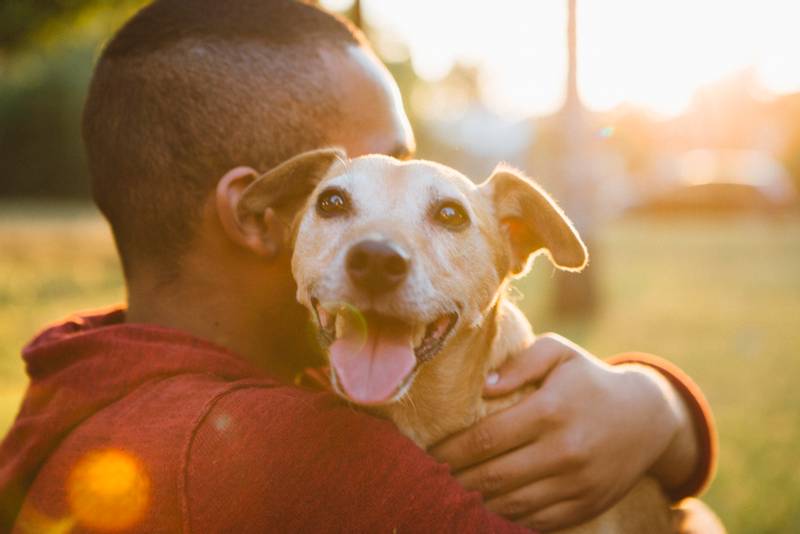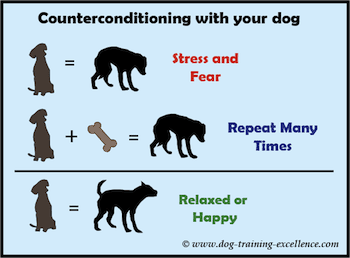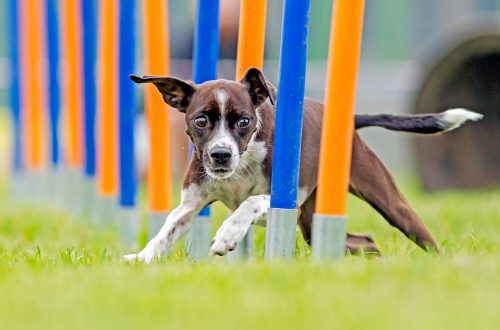
How do dogs laugh?
By and large, the concept of “laughter” is a humanitarian concept and determines only the vocal reaction of a person, accompanied by appropriate facial expressions.
And laughter is such a serious phenomenon that in the 70s of the last century a special science was born in America – gelotology (as a branch of psychiatry), which studies laughter and humor and their effect on the human body. At the same time, laughter therapy appeared.
Some researchers believe that laughter is biologically determined. And children begin to laugh without any training from 4-6 months from tickling, tossing and other “cuckoo”.

The same part of the researchers claims that all higher primates have analogues of laughter and no one else has.
For example, the playful mood of higher primates is often accompanied by specific facial expressions and vocabulation: a relaxed face with an open mouth and the reproduction of a rhythmic stereotypical sound signal.
The acoustic characteristics of human laughter are almost identical to those of chimpanzees and bonobos, but differ from those of orangutans and gorillas.
Laughter is a rather complex act, consisting of modified breathing movements, accompanied by a certain facial expression – a smile. As for respiratory movements, when laughing, after inhalation, not one, but a whole series of short spasmodic exhalations, sometimes continuing for a long time, with an open glottis, follows. If the vocal cords are brought into oscillatory movements, then a loud, sonorous laugh is obtained – laughter, but if the cords remain at rest, then laughter is quiet, soundless.
It is believed that laughter appeared about 5-7 million years ago at the level of a common hominin ancestor, and later it became more complex and evolved. In more or less its current form, laughter was formed when people began to constantly walk upright, about 2 million years ago.
Initially, laughter and a smile arose as markers and as signals of the “good” state, but as a person socially formed, the functions of both of them changed in such a way that they are far from always associated with positive emotions.
But if laughter and a smile are a behavioral manifestation of an emotionally positive state of the body (and animals also experience it), then something similar can be in them, in these animals.
And to such an extent, some researchers want to find a human not only in primates, that Comrade Professor Jack Panksepp declares with all responsibility that he managed to find an analogue of laughter in rats. These rodents, in a playful and contented state, emit a squeak-chirp at 50 kHz, which is functionally and situationally considered analogous to the laughter of hominids, which is not audible to the human ear. During the game, rats “laugh” react to the actions or clumsiness of their fellows and “laugh” if they are tickled.

From such a discovery, all orthodox dog lovers were, of course, offended. Like this? Some rat rodents laugh with laughter, and man’s best friends rest with their muzzles down?
But above the muzzle and head, dogs and their owners! Another friend, Professor Harrison Backlund, almost proved that dogs have a sense of humor and that they can laugh, for example, at the sight of their familiar dog slipping awkwardly and falling.
Ethologist Patricia Simonet also believes that dogs can laugh and laugh with might and main, for example, during games. Patricia recorded the sounds that domestic dogs make when the owner is about to go for a walk with them. Then I played these sounds in a homeless dog shelter, and it turned out that they have the most beneficial effect on nervous animals. According to Patricia, the sounds made by dogs before a joyfully expected walk can be compared to how a person expresses his pleasant emotions with joyful laughter.
Patricia thinks that dog laughter is something like a heavy snort or intense pant.
And, although there are no serious studies confirming the ability of dogs to laugh and smile, many owners of these animals believe that dogs have a sense of humor and successfully implement this feeling in laughter and smiles.
So let’s assume that dogs can smile and laugh, but this has not yet been proven by serious science.
Photo:





